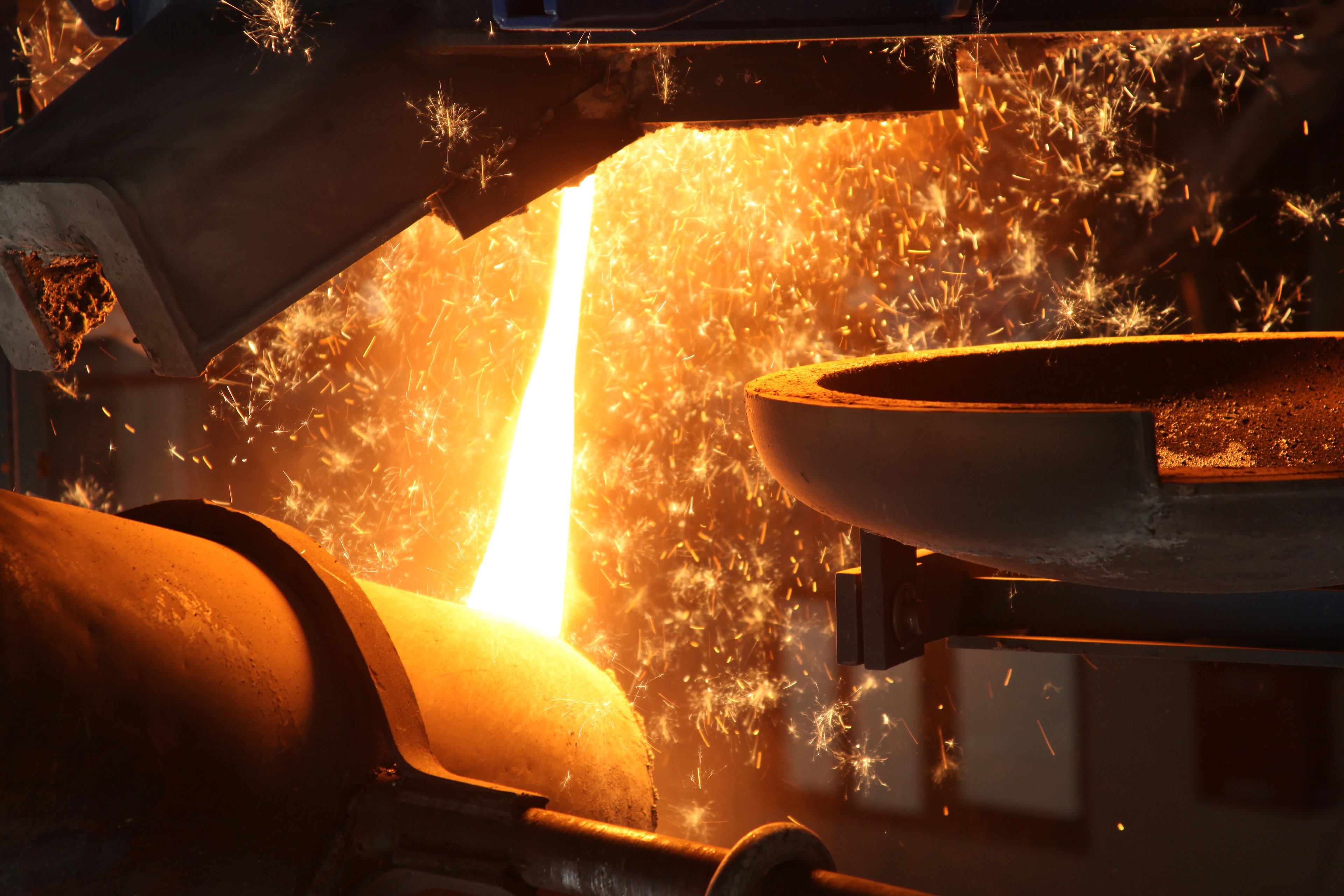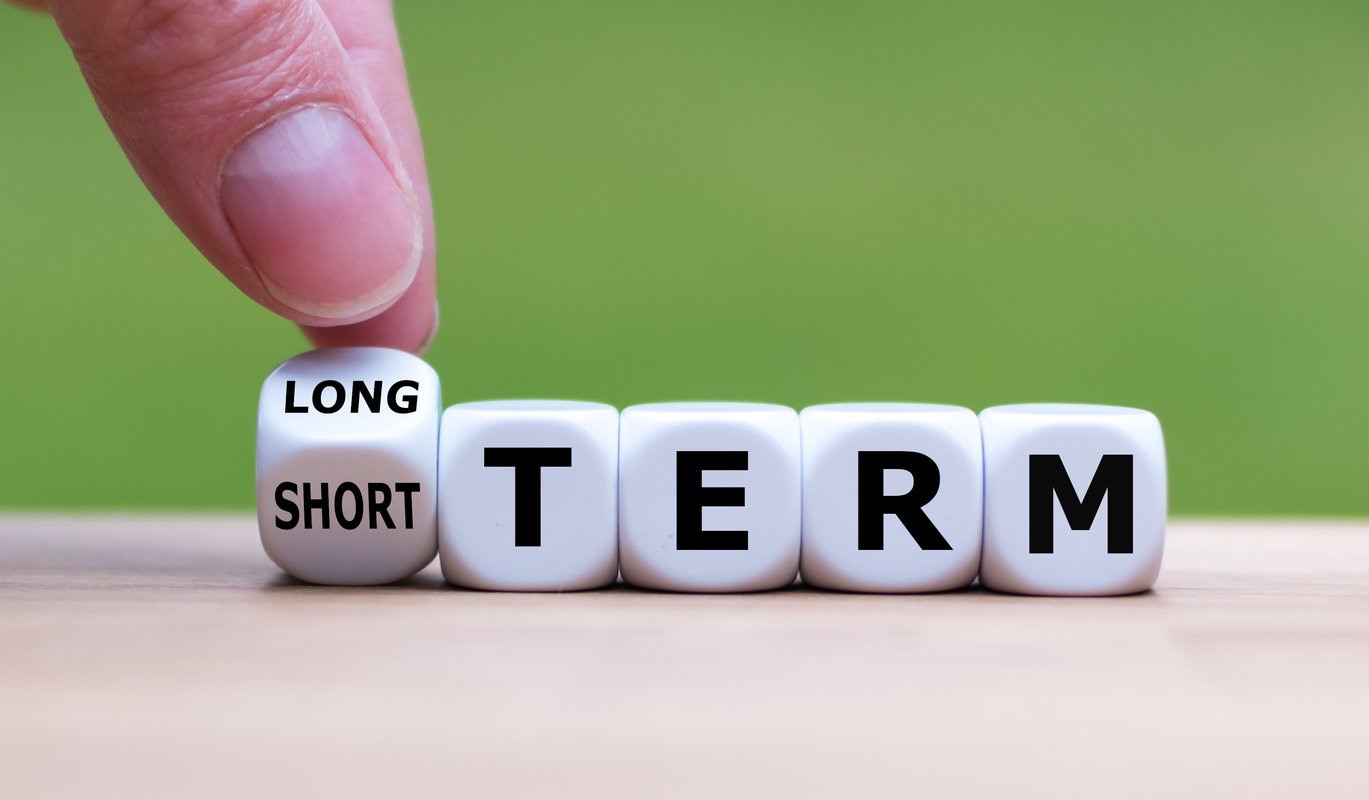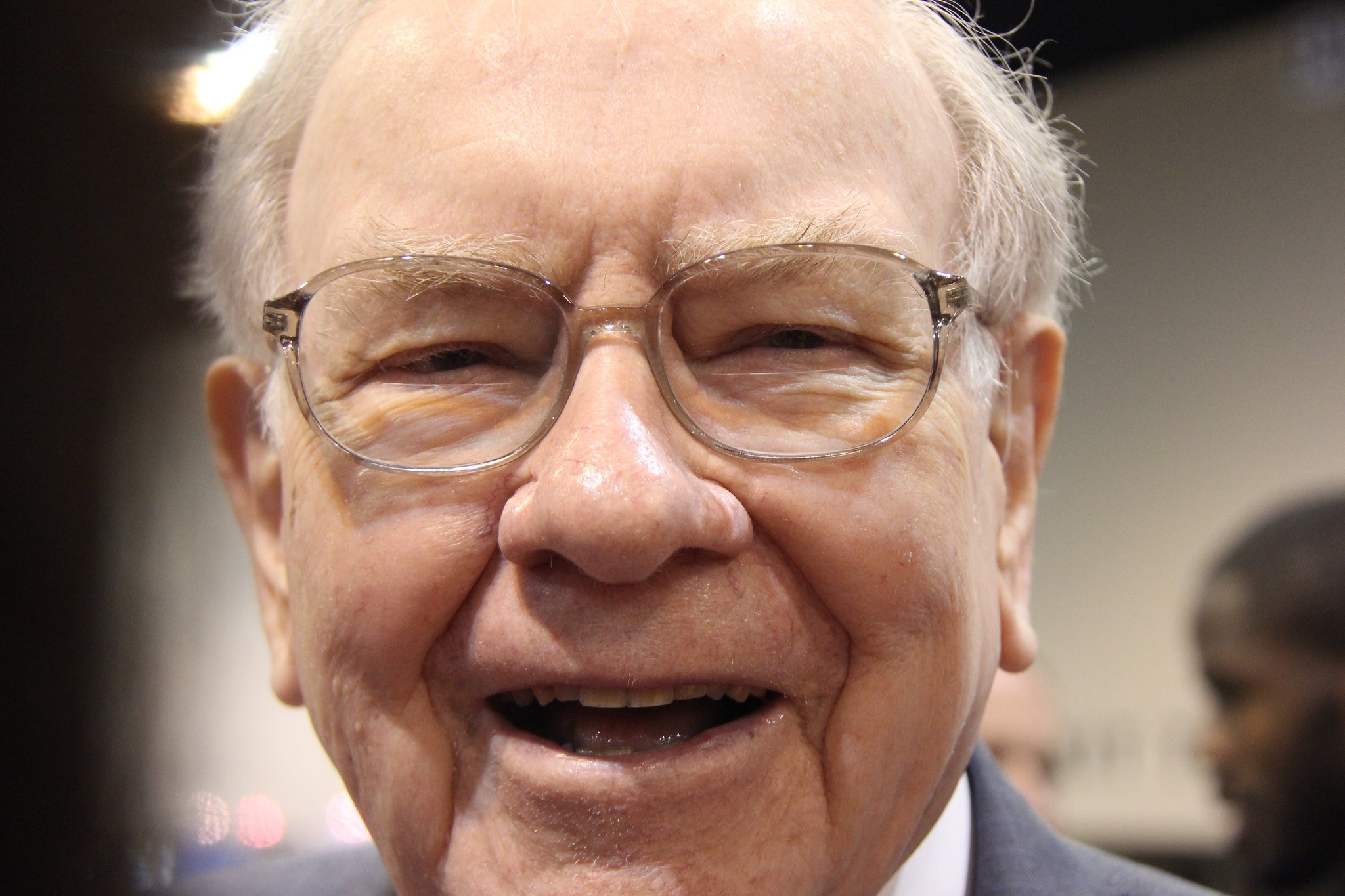U.S. steelmaker AK Steel (AKS +0.00%) struggled more than peers through the deep steel industry downturn that followed the 2007-2009 recession. To put that into perspective, it posted red ink in eight of the last 10 years. For comparison, domestic steel giant Nucor (NUE 2.45%) lost money in only one of those years. That said, the biggest issue for AK Steel shareholders to watch today isn't the income statement, it's the balance sheet -- where a great deal of progress has been made. That should continue over the next year, assuming nothing happens to derail management's efforts.
Getting back on track
AK Steel is at something of a disadvantage relative to key peers like Nucor. That's because its business is built around blast furnaces used to make primary steel. These facilities are large and costly to operate, needing high utilization rates to turn a profit. Nucor, on the other hand, is focused on electric arc mills, which, to simplify, are smaller and can better handle fluctuations in demand and steel prices. Now, add in the fact that the steel industry is notoriously cyclical and you can see why industry downturns can be particularly hard on AK Steel.

Image source: Getty Images.
The last downturn was extra hard because it was accompanied by an uptick in low-priced steel imports. The entire industry, even the best of bread companies, were struggling to adjust. That notably included fighting back via trade cases that accused select countries of selling steel in the U.S. market at prices below the cost of making the steel (also known as dumping). The U.S. steel industry racked up a series of key wins that helped to stem the flow of foreign imports. That effort was bolstered by the U.S. government imposing steel tariffs on key foreign steel-producing nations, a part of the broader trade war it appears to be waging against even its closest trading partners.
All told, AK Steel was able to get its bottom line back into the black in 2017. That $0.02-a-share profit was backed up by $0.59 per share in earnings in 2018. And while the first quarter of 2019 saw a loss of a penny a share, pulling out one-time items improved that to a per share profit of $0.23. That's up from just $0.09 a share in the first quarter of 2018. Clearly, AK Steel has finally gotten its business back to a stronger state. There was a lot of heavy lifting involved in that, including an effort to refocus the company around key end markets like automobiles. The goal is to increase its exposure to higher-margin specialty products while reducing its dependence on commodity steel sectors.
What the future holds
So far so good for AK Steel and its shareholders. But there's one more little issue that has to be addressed -- the steelmaker's weak balance sheet. Asset writedowns following the 2007 to 2009 recession pushed the company's shareholder equity deep into negative territory. For a few years, long-term debt made up more than 100% of the company's capital structure. After a couple of years of profits boosting retained earnings, that's no longer the case. Despite a notable improvement, though, long-term debt remains a troubling 82% of the capital structure. Compare that to Nucor's 30% or so figure and you can see that AK Steel still has a lot of work to do on its balance sheet.
This is not a small issue for a company that operates in a cyclical industry. Asset writedowns were the big problem following the recession, reducing retained earnings and pushing shareholder equity sharply negative. But all losses reduce retained earnings and AK Steel has a high cost structure. Another recession could easily lead to red at AK Steel, weakening its balance sheet anew. Note that AK Steel has among the worst debt-to-EBITDA ratios among its domestic steel peers and the weakest interest coverage. That's why the next year or so is going to be very important.
AKS financial debt to EBITDA (TTM). Data by YCharts.
If the economy continues to move along a solid path, AK Steel will likely continue to stay in the black and strengthen its leverage position. That would be a great outcome for the steelmaker. And, so far, none of the U.S. steel mills appear to be seeing material weakness in underlying demand. However, steel is highly cyclical and the current U.S. expansion is among the longest in history. That suggests that an economic downturn is probably going to happen sooner rather than later. Based on its relatively weak balance sheet, a downturn in the next year will probably be harder on AK Steel than its peers. And that, in turn, would stymie its balance sheet progress, or, more likely, make things worse.
Hoping against hope
The end of the story here is that in a year's time AK Steel will probably still be a financially weak steelmaker compared to its closest peers. The question is whether it will be able to continue to improve its balance sheet or face industry headwinds that lead to red ink and a weaker balance sheet. In other words, the best-case scenario over the next year (and likely even longer) is that AK Steel continues to slowly dig itself out of a deep financial hole. The worst case is that the hole gets even deeper. When compared to the overall domestic steel industry, neither of those outcomes is worth betting on. There are simply better options in the U.S. steel sector to put on your wish list.







